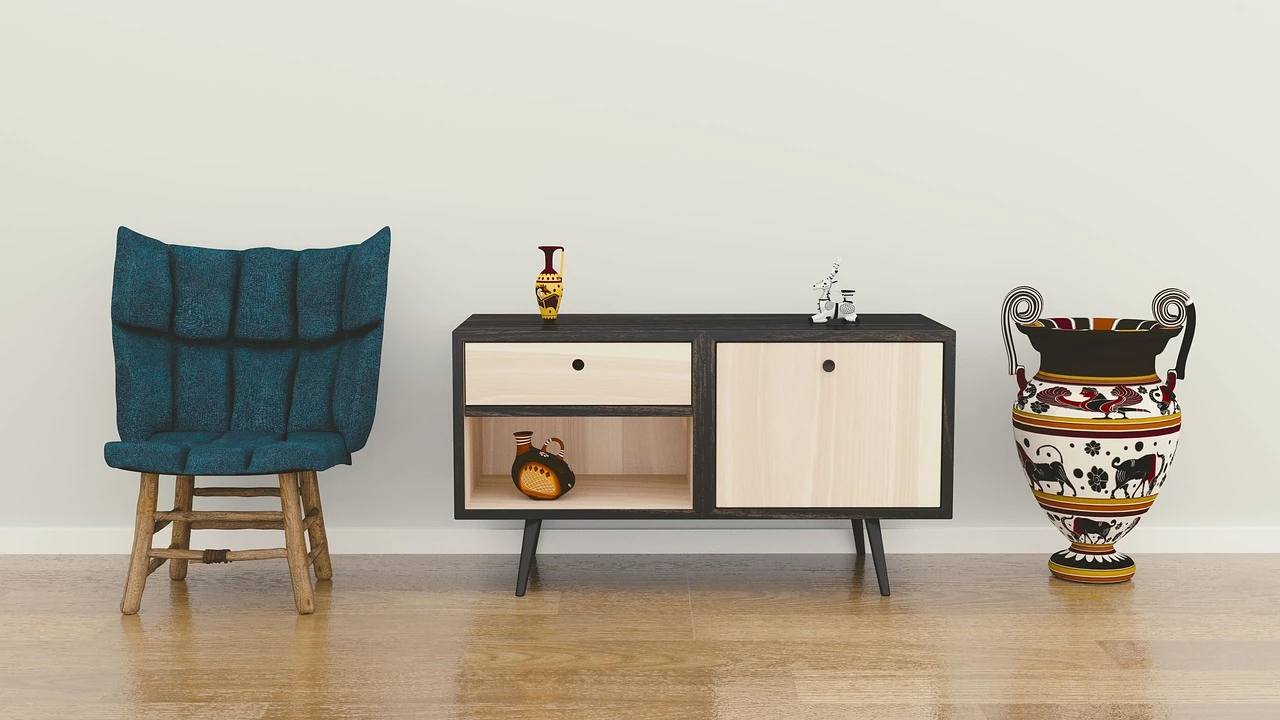Two of Many…
Moving can be a stressful and expensive venture. With some planning and organization however, you can save yourself some money and valuable time.
Get Organized and Save Some Money on your Move
Months prior to your move, sort through your belongings and get rid of those things you’re not using or really don’t need. Excess clothing, small appliances, kitchen utensils, and other household goods can either be donated or sold at a yard sale. But the less you have to deal with on moving day, the smoother things will go. Besides, paying shipping on things you don’t need only wastes your money.
Always get an onsite estimate. The relocation consultant will prepare an estimate in writing and submit it to you. They will be able to tell you how much moving supplies cost, and you can make arrangements to order them at this time. If you order too many, most moving companies will give you a refund on those supplies you don’t use.
 Like many other industries, the moving industry has their busy and their slow seasons. The busy season for movers is during the summer. The beginning and the end of the month or end of the year holidays are extra busy for movers, also. The demand for moving equipment, vans, and personnel is heavy during these times, so try to plan your move during their slower periods.
Like many other industries, the moving industry has their busy and their slow seasons. The busy season for movers is during the summer. The beginning and the end of the month or end of the year holidays are extra busy for movers, also. The demand for moving equipment, vans, and personnel is heavy during these times, so try to plan your move during their slower periods.
If you decide to do your own packing, get packing supplies and start collecting strong boxes suitable for moving. Complete all packing by moving day. If your company is relocating you, find out what portion of your moving expense will be paid by your company. However, it’s important you understand your moving company’s policy regarding things that you’ve packed yourself. With some moving companies, they will not take responsibility for items they have not personally packed.
Obtain a written appraisal of antiques to verify their value. Do not retouch, wax or oil wood furniture before moving. Some products may soften the wood, making it vulnerable to imprinting from furniture pads.
Careful planning and some organized thought will pay big dividends in the end when your move is complete.
Beginning Recycling at Home
Every year, tons of material that could be recycled aren’t, and end up clogging our already overwhelmed dumps, waterways and roadsides. Most people think it’s a difficult undertaking to organize a recycling center at home. However, with some creativity and commitment, it can be easy to do. You’ll feel better about yourself doing your part to care for the environment as a result, too.
 Find a convenient place in your home or apartment for the center. It doesn’t take much
Find a convenient place in your home or apartment for the center. It doesn’t take much
room for your recyclables. The garages, a storage closet, corner of the kitchen, or under your kitchen sink all make great locations. Find and clearly label containers in which to store your recycled materials. Plastic buckets, storage containers or even trash cans work great depending on the amount of room you have available.
Get your family actively involved in the recycling process. Make sure they all are aware of what products can be recycled. Teach them the difference between the aluminum can bin and the tin can bin. While doing their weekly chores, teach them to be on the lookout for recyclable material lying around the house, and encourage them to place it in the proper storage bins.
Encourage them to come up with ideas for reducing the amount of recycled material that’s consumed by your household. Take them along with you to the recycling center in your neighborhood so they can witness the process firsthand. Show them how they can reuse recyclable materials in their own organizational efforts at home. Perhaps a large cardboard box can double as a bin for all their shoes, or a coffee can be repurposed as a penny bank.
And when they learn the money that can be both saved and earned from recycling and reusing products, they’ll have developed an environmentally healthy and thrifty habit for life.

